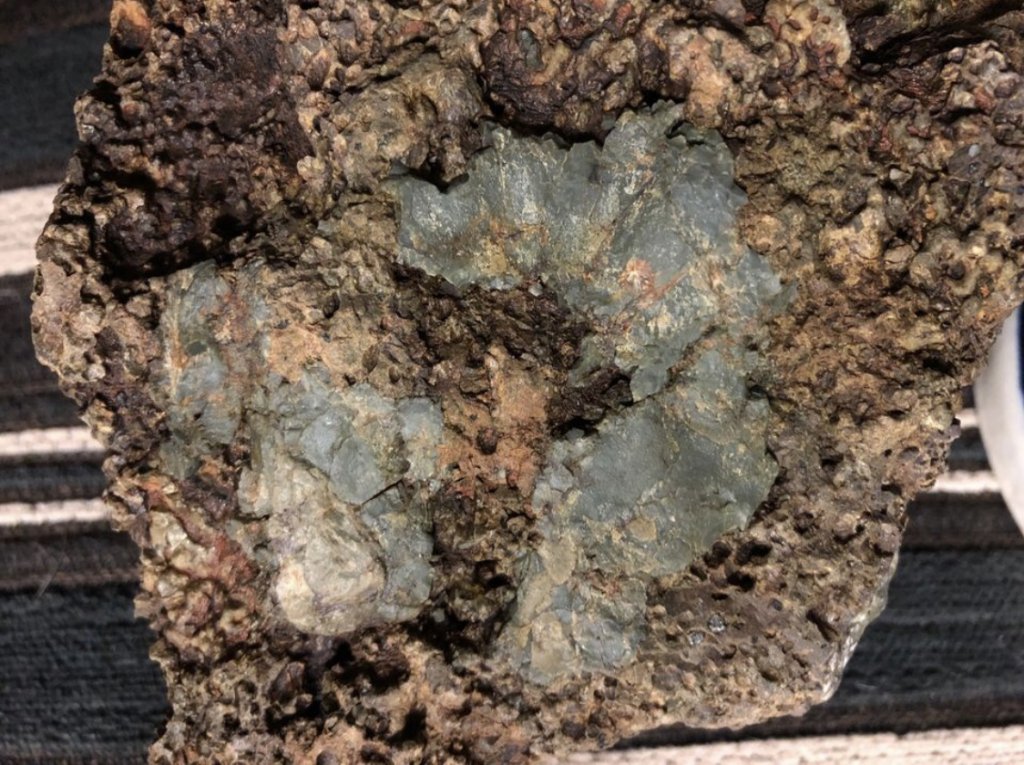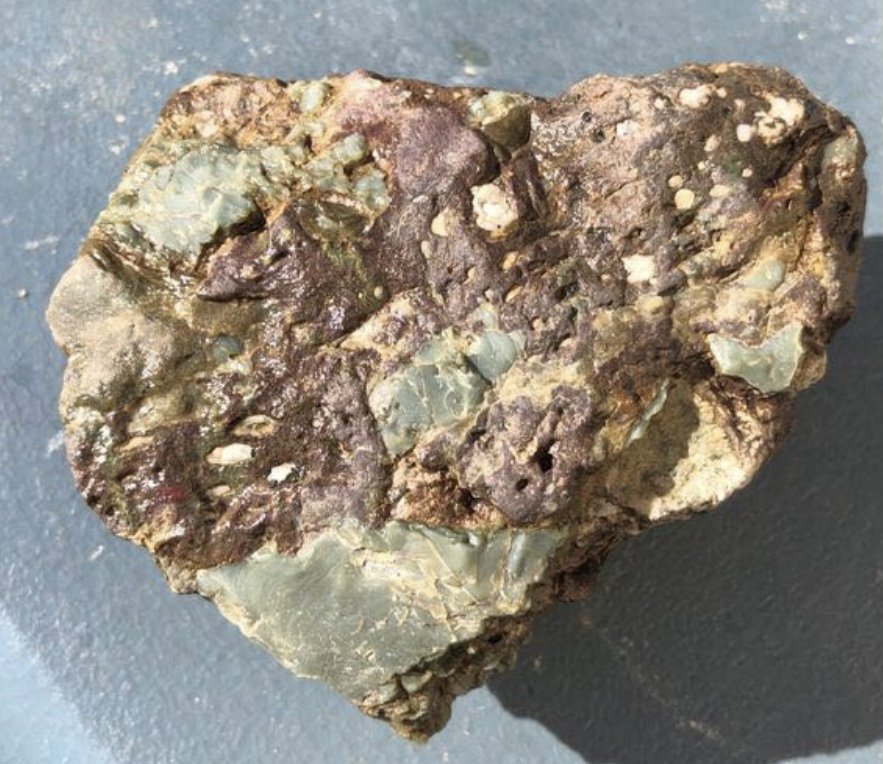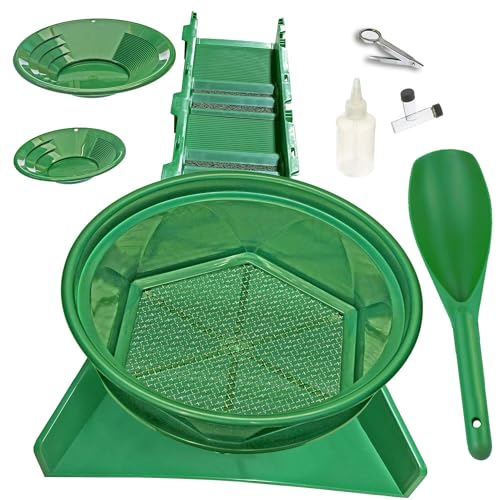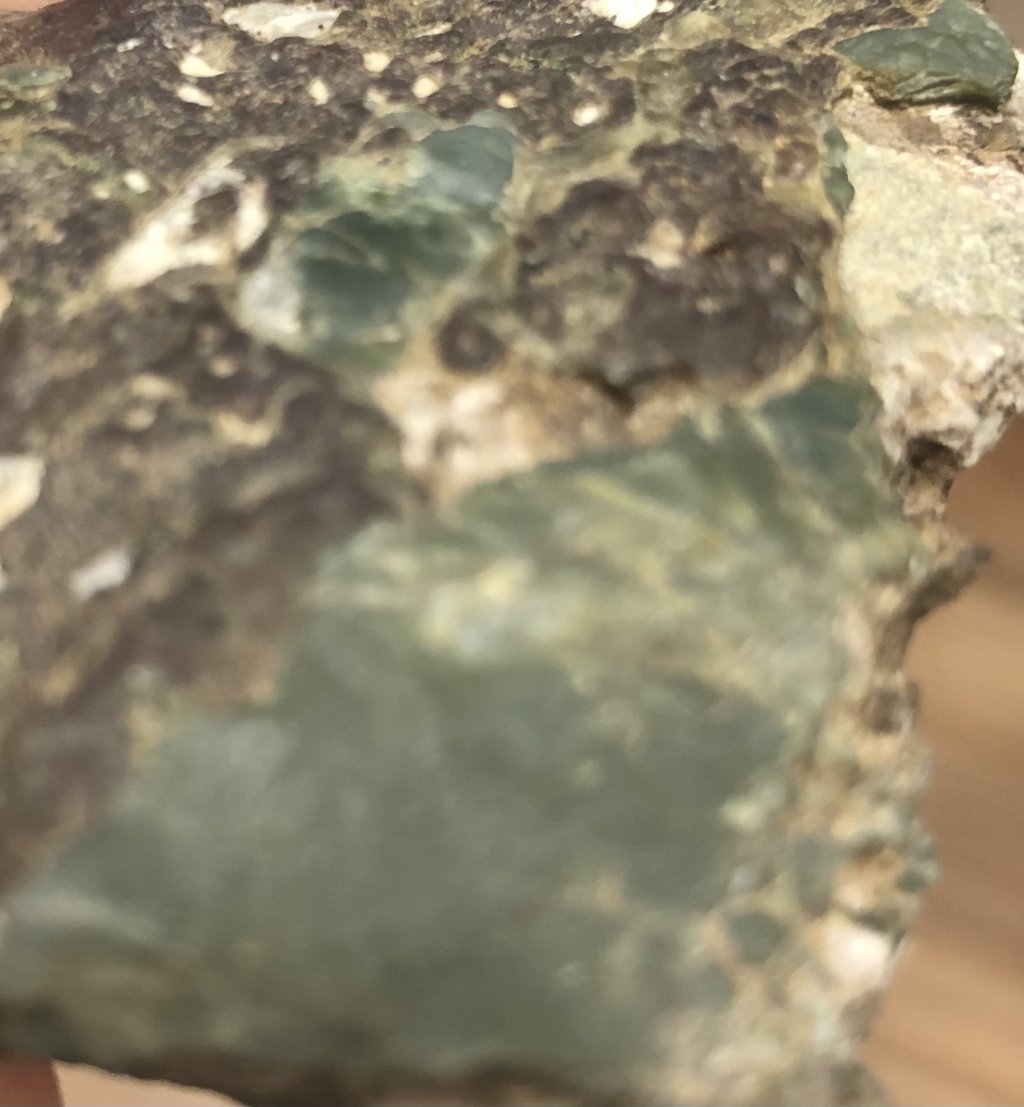Your on to meHeatho said:Possibly very poor quality Rhodonite. Is that near Bingara? I've been to a deposit near Bingara and it looked very similar.
You are using an out of date browser. It may not display this or other websites correctly.
You should upgrade or use an alternative browser.
You should upgrade or use an alternative browser.
❓Your Mineral Identification Questions answered here
- Thread starter user 4386
- Start date

Help Support Prospecting Australia:
This site may earn a commission from merchant affiliate
links, including eBay, Amazon, and others.
20xwater said:Your on to meHeatho said:Possibly very poor quality Rhodonite. Is that near Bingara? I've been to a deposit near Bingara and it looked very similar.
:lol: , yeah it's Rhodonite. I gave up there after an hour. Wish it was better quality. :Y:
I read that it oxidize's at the surface so you would have to dig deep I reckon.Heatho said:20xwater said:Your on to meHeatho said:Possibly very poor quality Rhodonite. Is that near Bingara? I've been to a deposit near Bingara and it looked very similar.
:lol: , yeah it's Rhodonite. I gave up there after an hour. Wish it was better quality. :Y:
20xwater said:I read that it oxidize's at the surface so you would have to dig deep I reckon.Heatho said:20xwater said:Your on to meHeatho said:Possibly very poor quality Rhodonite. Is that near Bingara? I've been to a deposit near Bingara and it looked very similar.
:lol: , yeah it's Rhodonite. I gave up there after an hour. Wish it was better quality. :Y:
Yes without a doubt, the oxidised manganese isn't pleasant, bit messy. :Y:
It is a rock of course, composed of multiple minerals - so not sure which one you are asking about. You need to consider each individually and their properties (fresher material would help). With only a photo of a weathered rock to look at and no individual proprtires it is pure guesswork (the photos themselves are clear and good quality), but it looks like quartz, feldspar and perhaps very weathered mica, so something along gthe lines of granite or pegmatite?

$22.50
$24.95
Gold Panning the Pacific Northwest: A Guide to the Area’s Best Sites for Gold
Amazon.com

$29.99
ASR Outdoor Gold Rush Gold Prospecting Pan Kit Glass Vials Testing Stone - 10pc
Deals Only Web Store

$159.95
DetectorPro Gray Ghost Amphibian II Headphones for Garrett AT Pro/Gold and Infinium Metal Detectors
The Detector Experts

$39.99
Sluice Fox 7 Piece Gold Panning Kit Classifier, Gold Pans, vials, Sniffer Bottle, Tweezers
Outdoor Supply Inc.

$16.69
$19.95
The Gold Prospector's Field Guide: A Modern Miner's Handbook for Successfully Finding Gold
Amazon.com
- Joined
- Jan 2, 2018
- Messages
- 373
- Reaction score
- 315
This one came out of a piece of decomposing Chalcedony host material, a little fibrous, goldish-toned, about the size of a 5 cent piece. Found near Dysart, Central Qld.
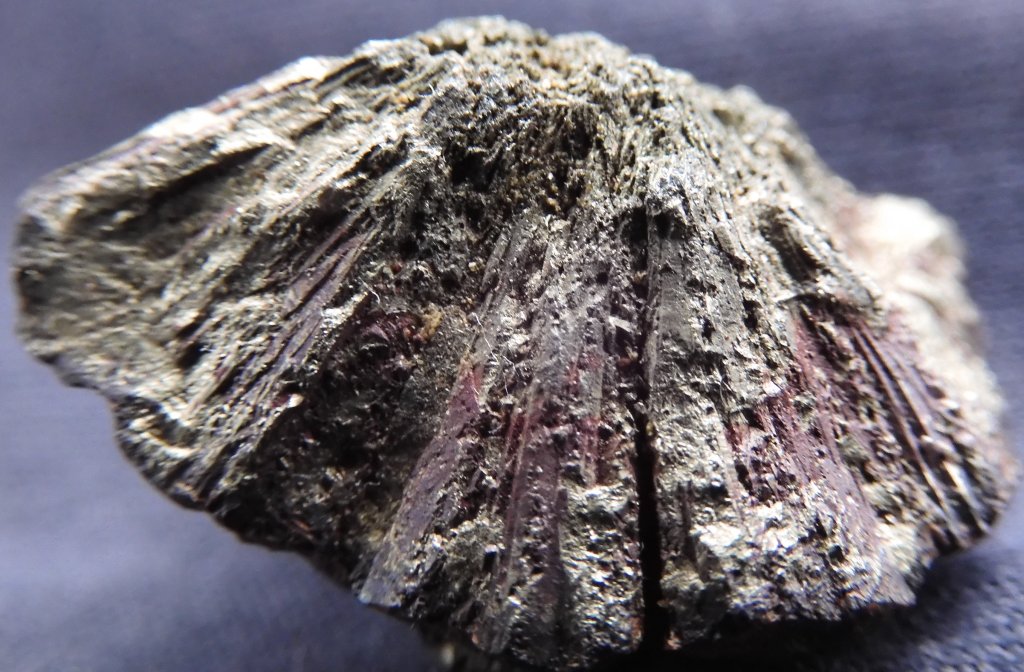

- Joined
- Jul 20, 2021
- Messages
- 4
- Reaction score
- 8
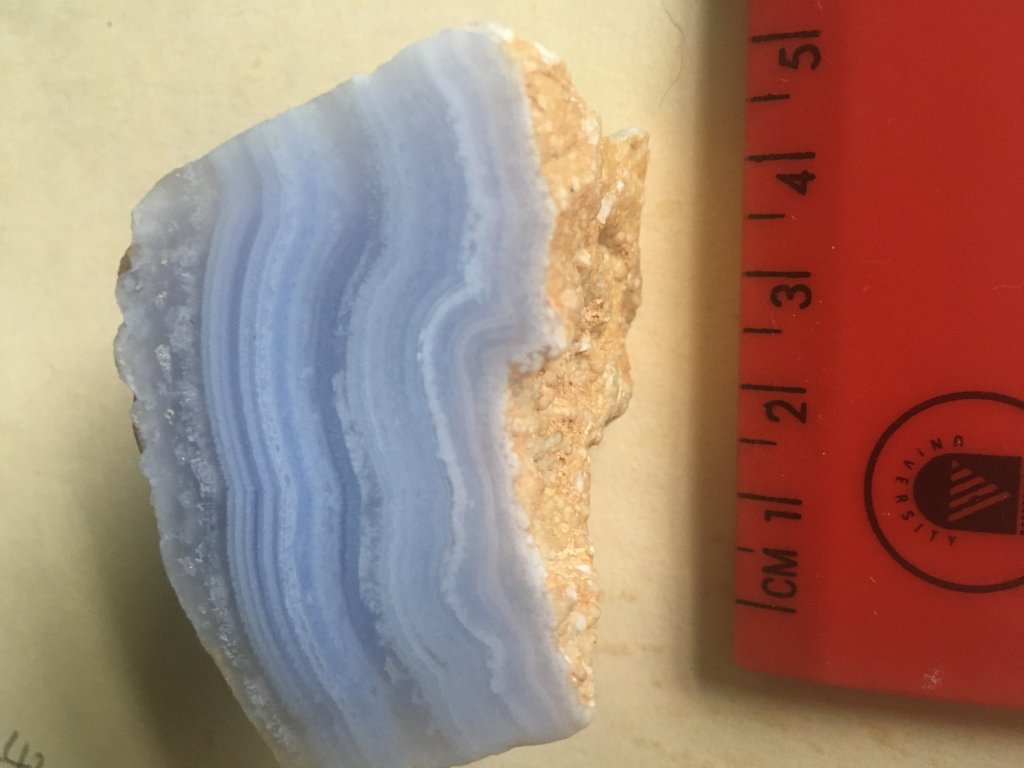
dennisrichards49 said:https://www.prospectingaustralia.com/forum/img/member-images/21459/1626747875_img_3799.jpgI have inherited my late father's mineral & rock collection that he gathered in Vic, NSW & Qld. Can anyone identify this specimen and where it may come from? Regards Dennis, Cockatoo, Vic
Nice layered chalcedony, some might call it agate. Thousands of places all over the country that it could have come from though....
Pat Hogen said:This one came out of a piece of decomposing Chalcedony host material, a little fibrous, goldish-toned, about the size of a 5 cent piece. Found near Dysart, Central Qld.
https://www.prospectingaustralia.com/forum/img/member-images/11720/1626654285_dscn0552_2.jpg
Not in a coal seam? Impossible without any physical properties. A number of sulphide minerals grow in that form (if in coal, almost certainly marcasite).
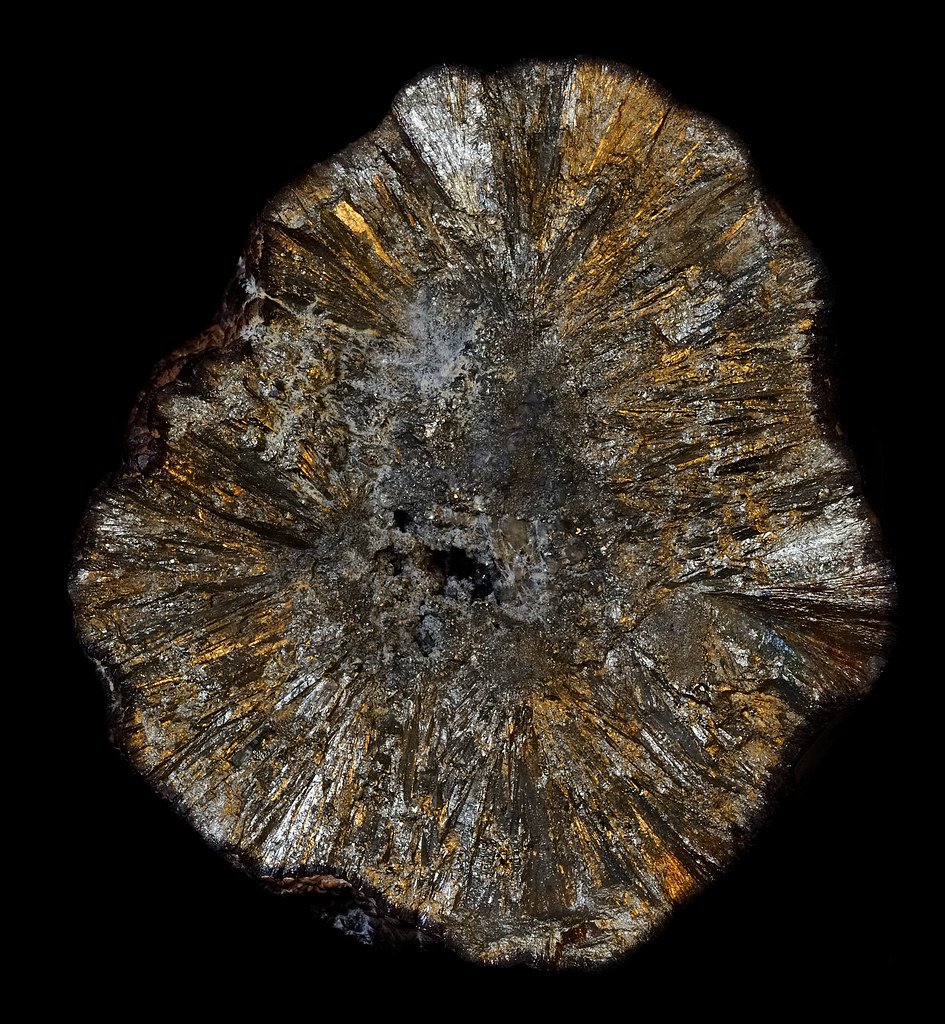
- Joined
- Jan 2, 2018
- Messages
- 373
- Reaction score
- 315
It is likely to be from a decomposed coal seam, being from Dysart area, but Marcasite looks to hit the nail on the head and the colouration, that I cannot capture too well, is very distinguishing. Thank you for your time and knowledge, GR.
- Joined
- Jul 20, 2021
- Messages
- 4
- Reaction score
- 8
Thanks goldierocks for your speedy reply re: Lilac layered chalcedony
dennisrichards49 said:https://www.prospectingaustralia.com/forum/img/member-images/21459/1626747875_img_3799.jpgI have inherited my late father's mineral & rock collection that he gathered in Vic, NSW & Qld. Can anyone identify this specimen and where it may come from? Regards Dennis, Cockatoo, Vic
Common name for this is Blue Lace Agate
Marcasite specimens tend to breakdown in air over months to years. They are commonly sprayed to protect them from the air. The highly reducing (Oxygen-free) nature of coal seams preserves them for millions of years though (also in black, carbon-rich shale). Very common in the brown coal of the Latrobe Valley, Victoria.
- Joined
- Jan 2, 2018
- Messages
- 373
- Reaction score
- 315
I actually placed the specimen in a specimen container and as you say the piece has developed a crack in the globular surface area and part way into the stone from just being exposed in a tight shutting container out of direct, harsh light.
Oxygen more than light is the problem - oxidises to iron sulphate I think (a white powder -the mineral melanterite, FeSO47H2O.) . Some sort of clear spray as a thin layer shuts out oxygen.Pat Hogen said:I actually placed the specimen in a specimen container and as you say the piece has developed a crack in the globular surface area and part way into the stone from just being exposed in a tight shutting container out of direct, harsh light.
If you found it close to old coal dumps it might be worth breaking some coal open to get fresher material - it can be really beautiful. It can be really abundant in places in coal seams - I have loaded many 5 gallon buckets within a few hours in Latrobe Valley mines, of disks up to 15 cm or so in diameter. It can look good left in a coal matrix - just give the surface a light clear spray, because it always breaks down over time otherwise. The to[ one looks good with its leaf fossils in the coal, eh?
Happy collecting!
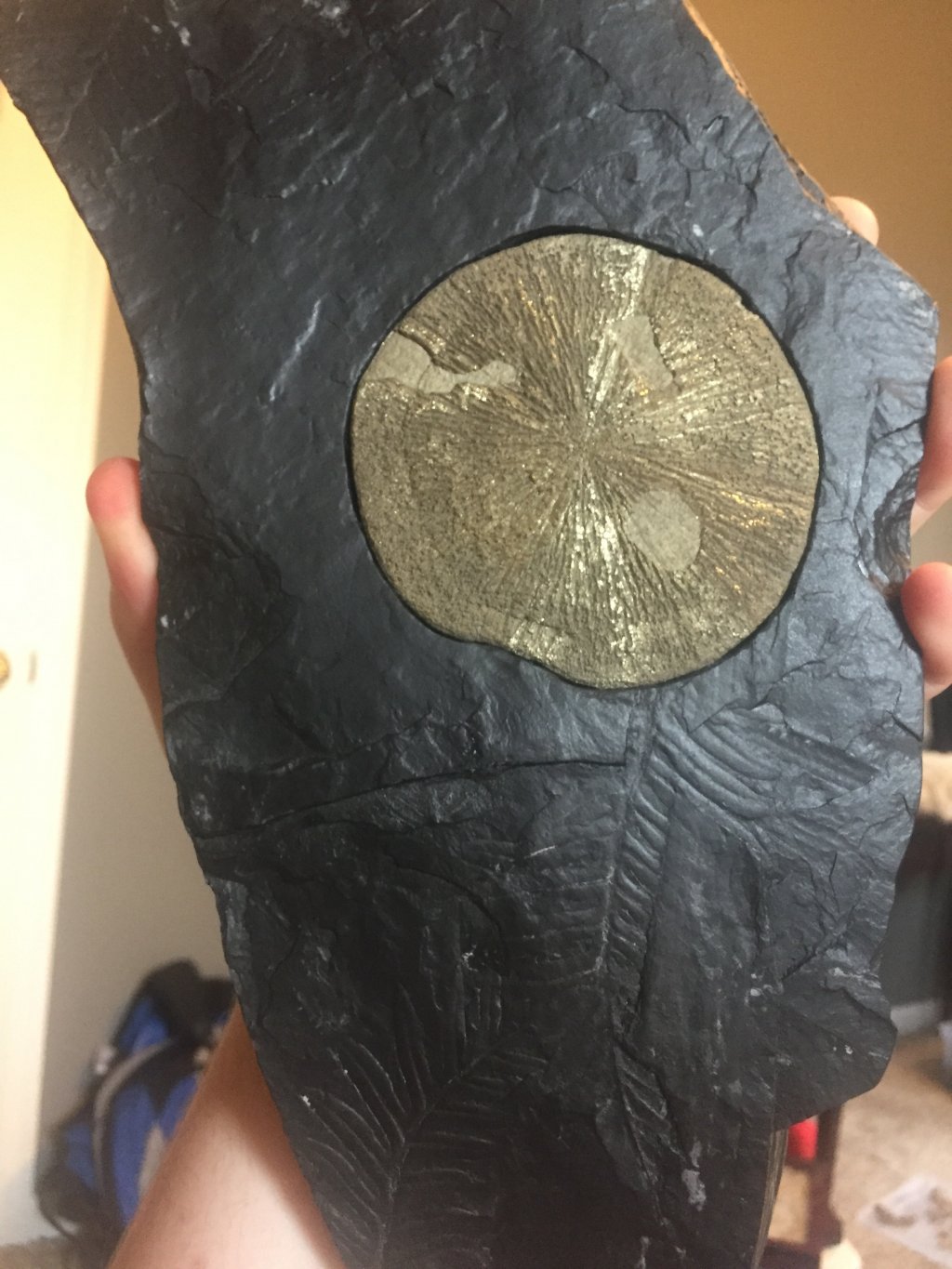
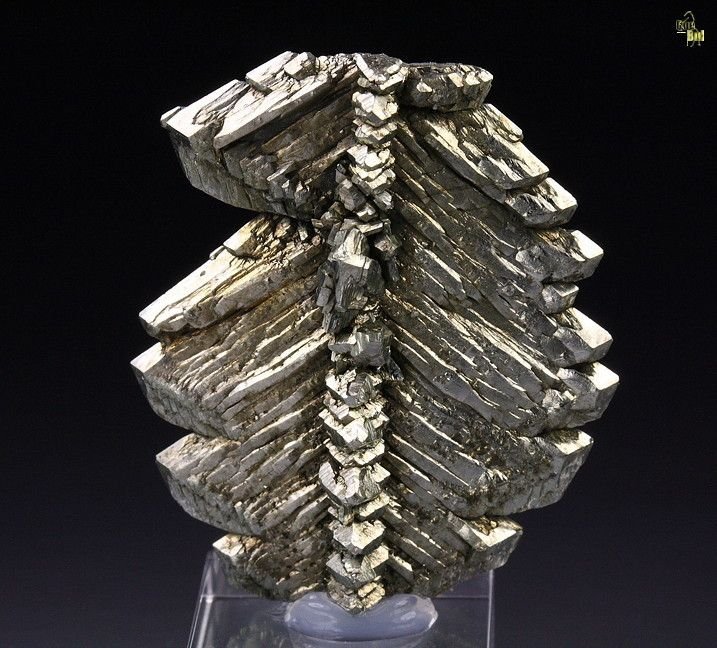
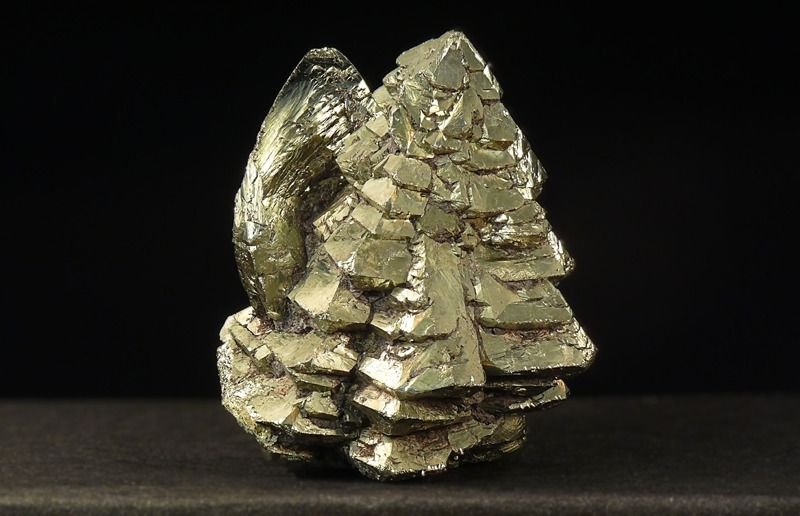
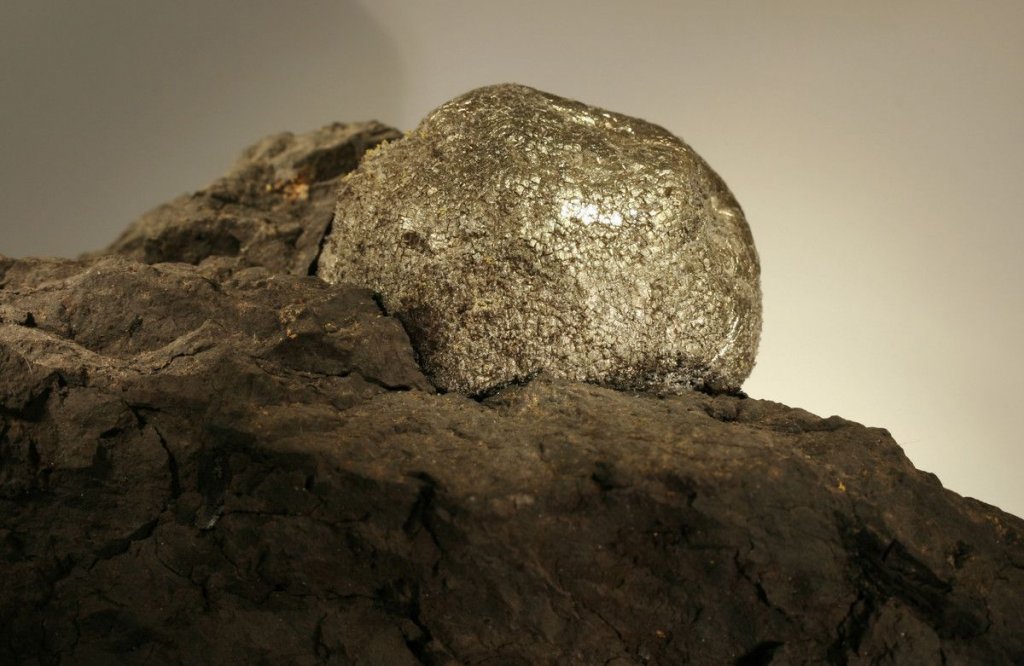
- Joined
- Jan 2, 2018
- Messages
- 373
- Reaction score
- 315
Very, very, interesting, thank you.
- Joined
- Jul 17, 2021
- Messages
- 11
- Reaction score
- 0
Hi All,
I have been scratching around out at Vulcan SF. I found the attached. Any indication what they may be?
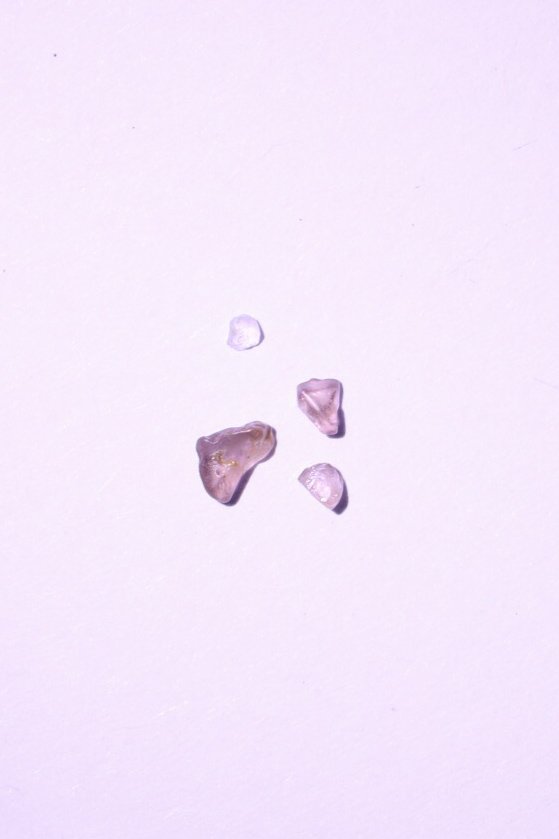
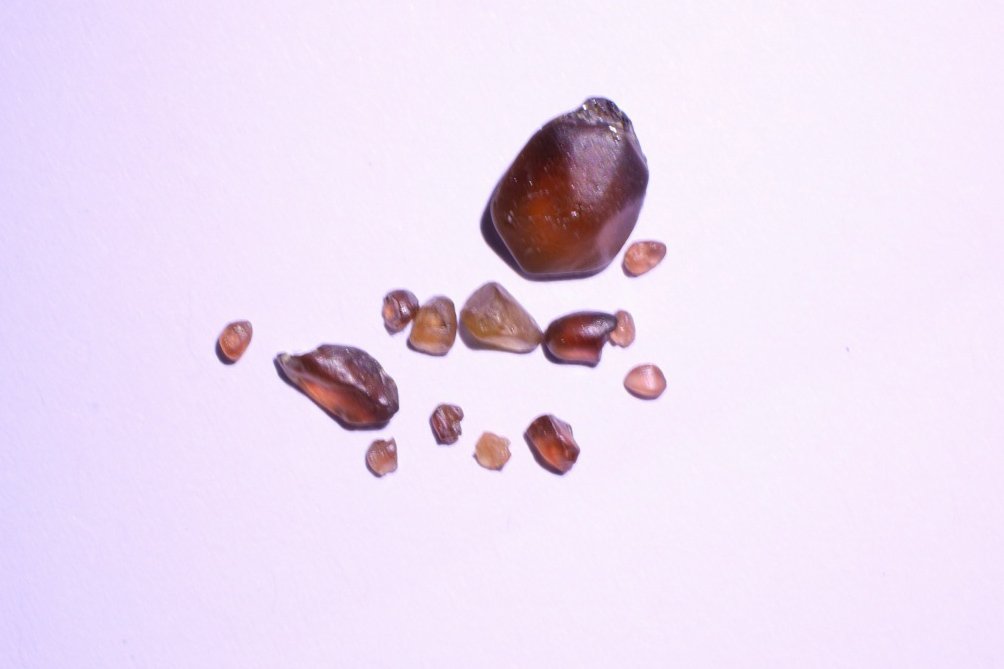
Thanks.
I have been scratching around out at Vulcan SF. I found the attached. Any indication what they may be?


Thanks.
Similar threads
- Replies
- 8
- Views
- 7K
- Replies
- 76
- Views
- 21K
- Replies
- 40
- Views
- 12K



